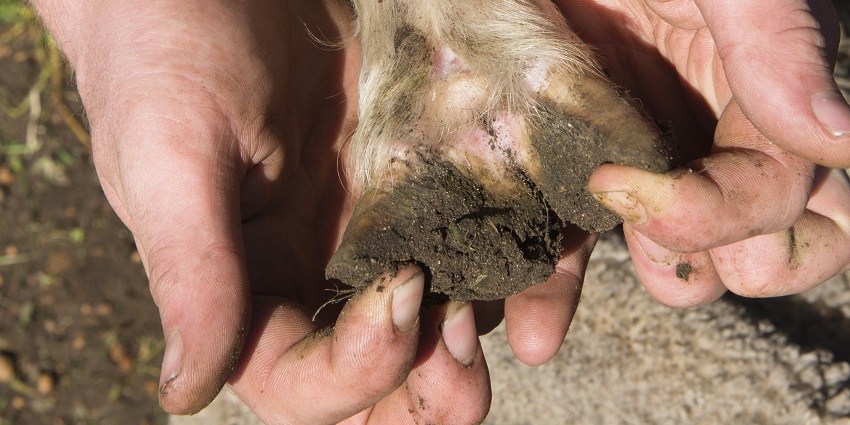
With summer approaching, producers are encouraged to start checking their sheep and goats for signs of virulent footrot.
The Department of Primary Industries and Regional Development (DPIRD) has already commenced conducting abattoir surveillance, which is a key part of the program administered on behalf of the Sheep and Goat Industry Funding Scheme.
Footrot Control Program manager Anna Erickson said during last year’s surveillance program, the department was able to assist industry by tracing infected sheep from saleyard lines back to the property of origin.
“This year we will be expanding our surveillance to conduct tracing for feedlot lines,” she said.
Dr Erickson said it was important producers remained vigilant for possible signs of footrot in their flock at any time of year, and to report any suspicions to their local DPIRD biosecurity officer.
“We are also asking producers to undertake good on-farm biosecurity to reduce the risk of introducing footrot, by isolating newly purchased sheep for two weeks, checking their feet regularly during this time, and reporting any suspicious changes to their local biosecurity officer,” Dr Erickson said.
“Inspectors can visit properties and sample any suspicious lesions.
“Early detection of virulent footrot remains a key tool in managing the disease and if we can diagnose it before it spreads, it will be easier for producers to control the disease in their flock and eradicate it.”
Dr Erickson said although the department has eradicated the ‘hot’ strains of virulent footrot and severe lameness is not often seen, producers should be aware that footrot could still have significant impacts on production such as fertility, wool cut and weight gain.
The Sheep and Goat Industry Funding Scheme funds the Footrot Control Program to reduce the spread and impact of footrot within WA and enable border controls to prevent the reintroduction of more severe strains.
Abattoir inspections run from October through to the end of March.
More information can be found on the virulent footrot page on the department’s website. www.agric.wa.gov.au
Photo caption:
The department is encouraging producers to start checking their sheep and goats for signs of virulent footrot.
Media contact:
Megan Broad/Donna Coleman, media liaison, +61 (0)8 9368 3937


